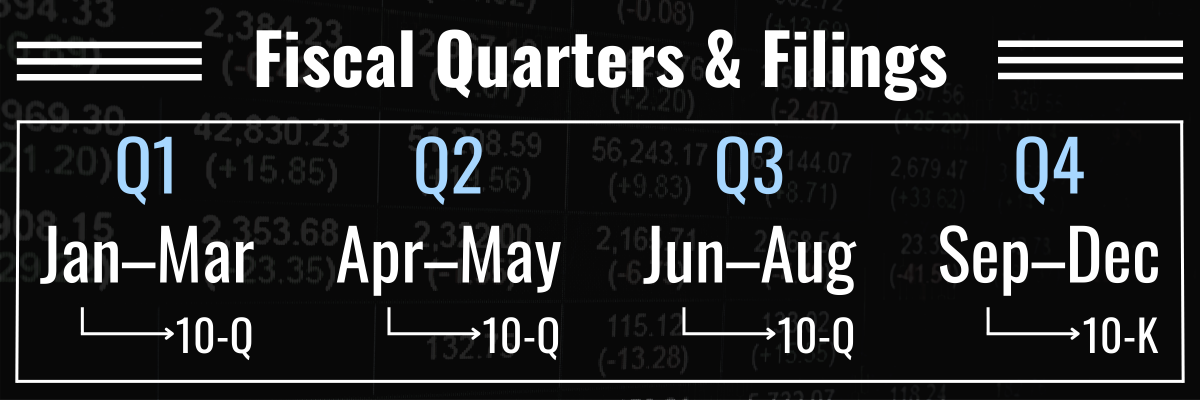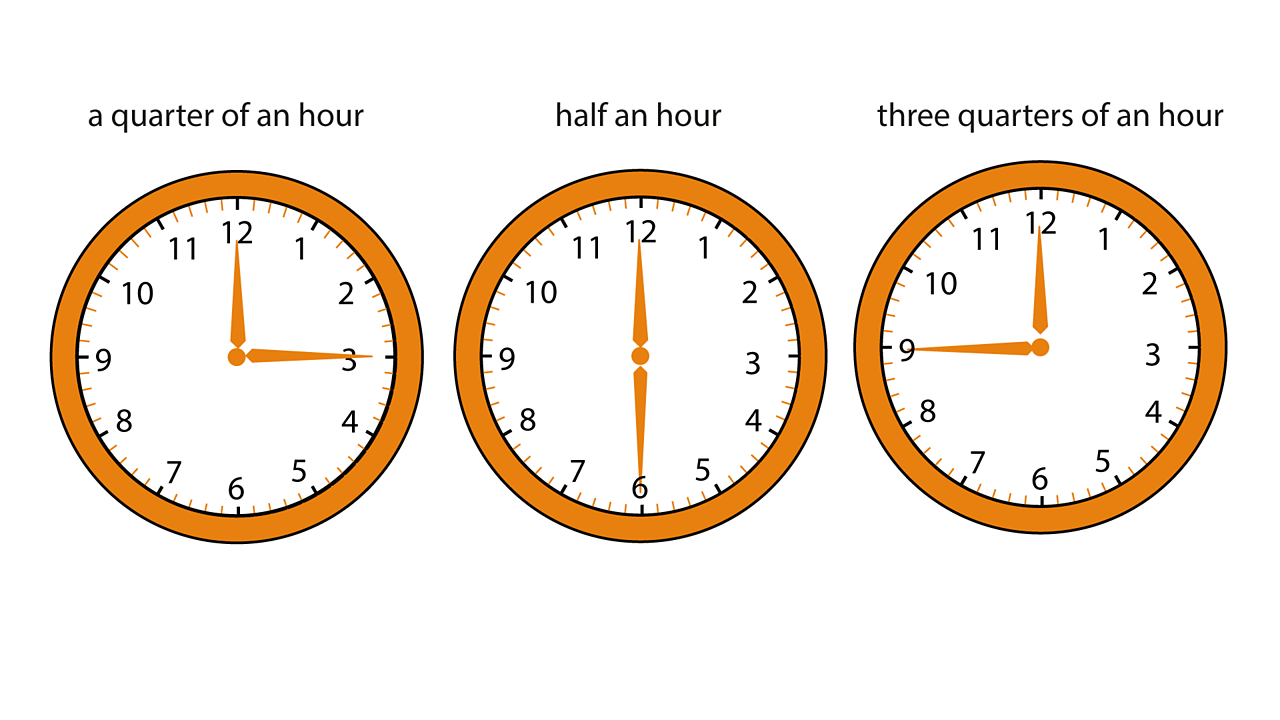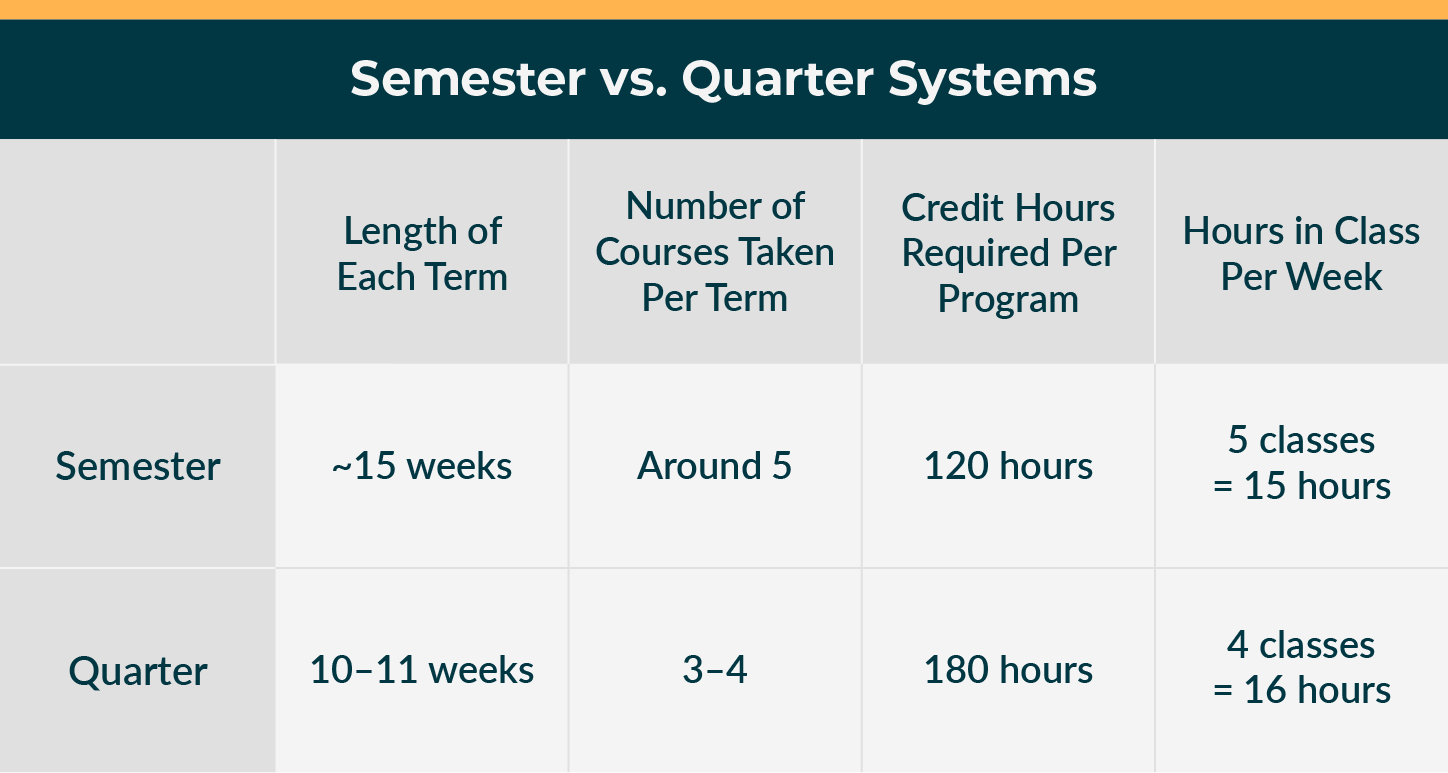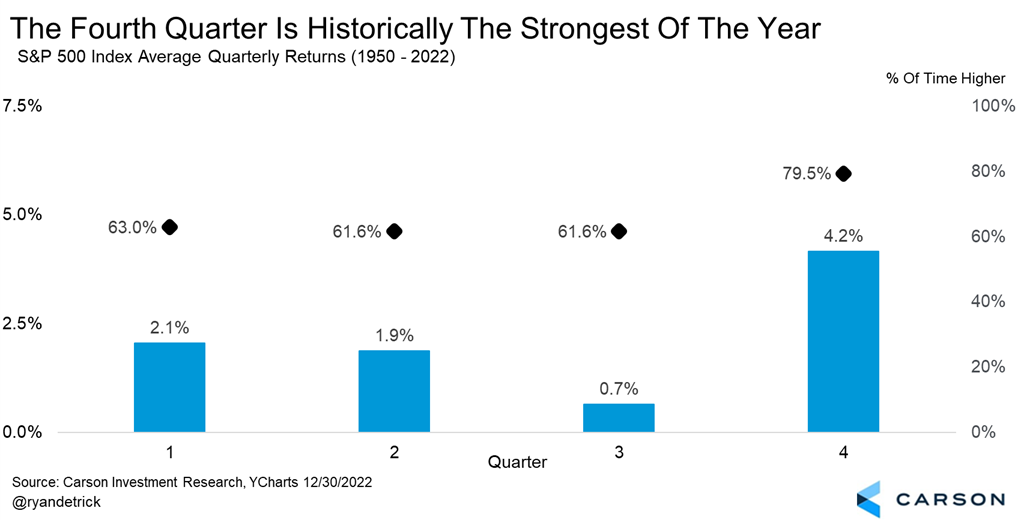How Much Time Is Left In The Fourth Quarter

The question hangs heavy in the air, palpable and laced with anxiety: How much time remains? This isn't about a football game, a quarterly earnings report, or even a personal deadline. It's about the planet, about our civilization, and about the narrowing window to avert catastrophic climate change. The answer, unfortunately, is complex, contested, and chillingly uncertain.
The consensus is that we are in the fourth quarter. But no one can agree how much time remains. It is about mitigating the worst effects of global warming. Understanding the remaining carbon budget and its social, economic, and technological implications is paramount.
The Carbon Budget: Our Ticking Clock
At the heart of the debate is the remaining carbon budget. This refers to the amount of carbon dioxide that can still be emitted into the atmosphere while limiting global warming to specific temperature targets, most notably the 1.5°C and 2°C thresholds set by the Paris Agreement.
The Intergovernmental Panel on Climate Change (IPCC), the leading international body for assessing climate change, provides estimates for these budgets. These estimates are based on complex climate models and are subject to considerable uncertainty.
The IPCC's Sixth Assessment Report (AR6) indicates that, as of early 2020, the remaining carbon budget for limiting warming to 1.5°C with a 50% probability was approximately 500 gigatonnes of CO2 (GtCO2). With current global emissions hovering around 40 GtCO2 per year, this suggests we have around 12.5 years before exceeding this budget.
Uncertainty and the Margin for Error
However, the remaining time is not definitive. Climate models are simplifications of complex earth system processes. They incorporate numerous assumptions.
These assumptions and the inherent complexity of the climate system introduce uncertainties. These uncertainties affect the carbon budget estimates, and therefore, the time remaining.
Factors like the climate sensitivity (how much the planet warms for a doubling of CO2 concentrations), the future trajectory of non-CO2 greenhouse gases (such as methane), and the role of feedback loops (like the melting of permafrost releasing more greenhouse gases) all contribute to this uncertainty.
Furthermore, the distribution of climate impacts is highly uneven. Some regions are already experiencing more severe effects than others. This adds a layer of social and political complexity to the allocation of the remaining carbon budget.
Beyond the Numbers: Systemic Transformations Needed
Focusing solely on the remaining carbon budget can be misleading. It risks obscuring the systemic transformations needed to decarbonize the global economy.
Realistically, achieving net-zero emissions by mid-century requires a fundamental shift in energy production. We also require industrial processes, transportation systems, and land use practices.
This involves not only phasing out fossil fuels and transitioning to renewable energy sources. We must invest in energy efficiency, develop carbon capture technologies, and promote sustainable agriculture. The scale and speed of these changes are unprecedented in human history.
Technological Optimism vs. Implementation Challenges
Proponents of technological solutions argue that innovation can extend the timeframe. Advanced technologies such as direct air capture (DAC) and carbon capture and storage (CCS) have the potential to remove CO2 from the atmosphere.
These innovations can then offset residual emissions from hard-to-abate sectors. However, these technologies are currently expensive, energy-intensive, and not yet deployed at scale.
There are significant challenges in scaling up these technologies and ensuring their widespread adoption. There are also social and environmental concerns associated with some of these technologies.
Furthermore, relying solely on technological fixes can create a false sense of security and delay more fundamental changes in consumption patterns and lifestyles.
The Socio-Political Dimensions of Time
The perception of time remaining in the "fourth quarter" of climate action also depends on socio-political factors. Political will, international cooperation, and public engagement are crucial for driving meaningful change.
Dr. James Hansen, a renowned climate scientist, has consistently warned about the urgency of the climate crisis. He has emphasized the need for immediate and drastic action to reduce emissions.
However, political inertia, conflicting economic interests, and climate denialism continue to hinder progress. The unequal distribution of climate impacts and the lack of adequate financial support for developing countries further complicate the picture.
The remaining time is not just a physical constraint but also a socio-political one. It depends on our collective ability to overcome these barriers and accelerate climate action.
Looking Ahead: Beyond the Deadline
While the concept of a "fourth quarter" implies a finite timeframe, climate action is not a game with a final whistle. Even if we exceed the 1.5°C or 2°C warming targets, every fraction of a degree of warming avoided matters.
Mitigation efforts can substantially reduce the severity of climate impacts and limit the risk of triggering irreversible tipping points. Adaptation measures, such as building climate-resilient infrastructure and developing drought-resistant crops, are also crucial for managing the impacts that are already locked in.
Ultimately, the remaining time is a call to action, not a cause for despair. The challenges are immense, but the potential for a sustainable future remains within reach.
By embracing innovation, fostering cooperation, and prioritizing climate justice, we can extend the "fourth quarter" and create a more resilient and equitable world for future generations. The clock is ticking, but the game is far from over.


















